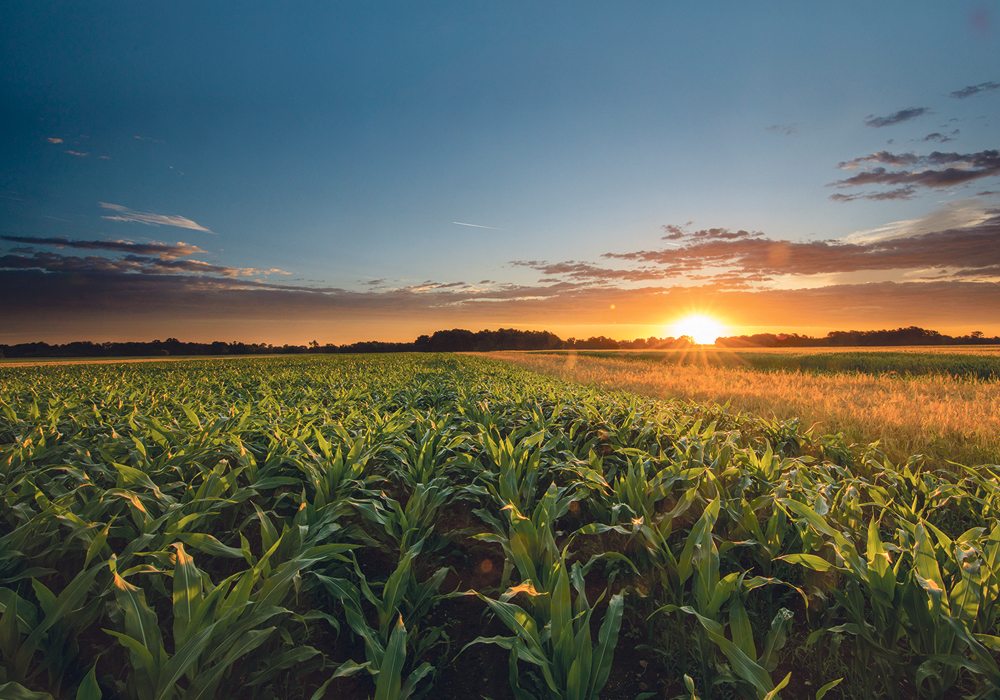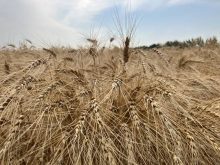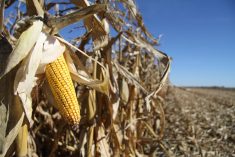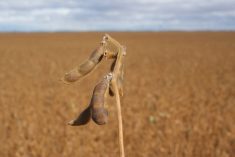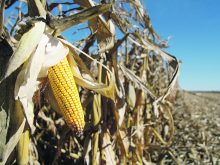There’s a huge difference in farm profitability depending on whether long-term corn prices are at US$3-$3.25 or $4-$4.25.
That’s why many analysts are seriously debating what prices farmers should base their long-term farm decisions upon. Currently, many American farmers are losing money or just breaking even and need to make decisions for the long term.
“I believe that the long-run average price of corn is $4 right now,” said University of Illinois economist Scott Irwin.
“I’m not willing at this point to revise my average any lower than $4.”
Read Also

Critical growing season is ahead for soybeans
What the weather turns out to be in the United States is going to have a significant impact on Canadian producers’ prices
That puts Irwin in a minority among crop price prognosticators. Many peg the five-to-10-year outlook for average corn prices in the $3 to $3.25 per bushel range.
While most western Canadian farmers don’t grow corn, its price forms the foundation for most cereal grain prices in North America and arguably also determines the range for soybean prices, which in turn affect canola prices.
Irwin said those estimates aren’t irrational, since that is close to what cash prices are today in the U.S. Midwest, and it is risky to assume today’s situation won’t continue.
If crop acreage and yields around the world continue to follow recent trends, corn prices around $3 per bu. make sense, Irwin said.
However, he predicts a significantly higher average, at $4 to $4.25 per bu.
He justifies it by noting the “best weather we’ve had since the 1890s” in the Midwest is unlikely to continue, and the number of planted acres won’t hold if corn prices hover around the $3 mark.
Even “$4 or $4.25 on average isn’t going to make $300 or $350 an acre cash rent for corn and soybeans around here in Illinois work,” said Irwin.
He said prices need to rise or farmers will stop investing in crops and many acres will be pulled out of production. That would eventually lead to higher prices.
Crop prices have experienced a tumultuous ride in the past 20 years, but there have been periods of relative price stability within ranges.
From the late 1990s to 2006, corn prices moved little and remained low. They shot into a much higher range for 2007-13. Then they fell hard and have remained in a low range for most of the past four years.
Irwin expects higher prices than the sub-$3.50 that have been dominant recently, but does not see sustained high prices like 2007-13 coming back soon. Instead, prices will likely average about $1 per bu. higher.
Weather shocks are likely, because recent temperate conditions aren’t usual. But weather induced crop losses will probably lead to only short-term bull markets until temporary production losses are covered.
Irwin admitted he’s out of step with most analysts, but he’s confident today’s prices are too low to remain that way for too long.
Irwin said a major weather shock to the U.S. Midwest, one that hit crops hard like 2012, that does not cause cash corn prices to rise above $5 per bu. could make him rethink his outlook.
But for now, betting on long-term corn prices to stay around $3 per bu. seems as unreasonable to him as thinking the high prices of about $5 per bu. in 2007 to 2013 would continue for ever.
“A lot of people are saying ‘We’ll never see $4 corn again.’ I don’t think that’s the right way to think about it,” he said.




